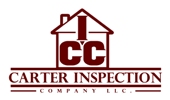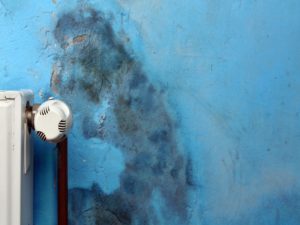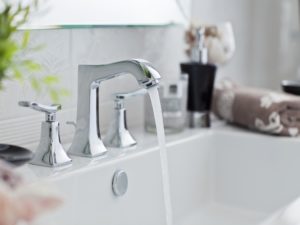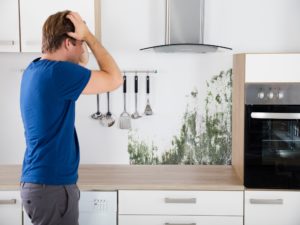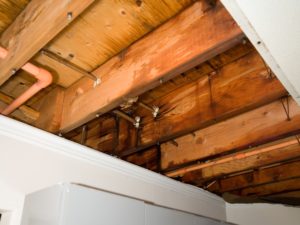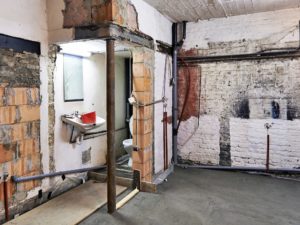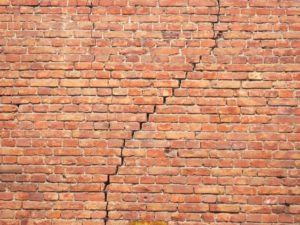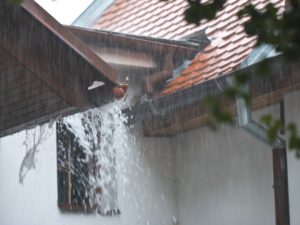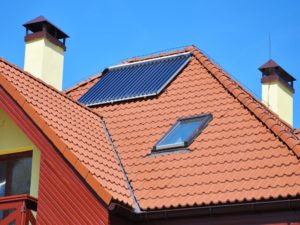Bathroom
Shower/Bathtub
Toilet
Windows
In the bathroom, make sure you turn the exhaust fan on while showering or anything that moisture is in the air steaming up the bathroom. Vents are crucial to mold not building up – you still can never be to sure, so if you have any doubts or you’re experiencing health issues such as respiratory – call us, if mold is there – we will find it!
Kitchen
In and around sink
Windows
In the home
Inside the Walls
Interior Walls
Carpet
Now this carpet shows definite signs of water damage, but to some it may just look stained or dirty. It’s important to know what happened within a home prior to buying it – was there a water leak? Carpet should be replaced every so often, but if there is carpet in an area of the home; kitchen, basement, bathroom – those should be checked for mold as water/moisture are nearby.
Basement
Outside your home
Exterior Walls
Do you see the mold? It’s pretty impossible when it’s an exterior wall; whether brick/siding/plaster…any cracks can cause leaking and when mold gets behind these walls – there is a lot more tearing down to find the mold if it’s not caught in time. Fortunate for us, we have tests & equipment that are a non-invasive way to check for mold.
Gutters
Can you see the mold? No, probably not because mold doesn’t grow on gutters but gutters that doesn’t stay cleaned out & can clog with debris can cause water to drain places it shouldn’t – and could potentially cause mold within the exterior walls or house in general. Our tip is to keep those gutters cleaned out, it will save you a lot of time & money!
Roof/Chimeny/Skylights
Ultimately the decision to obtain a home inspection ensures your future investment!
